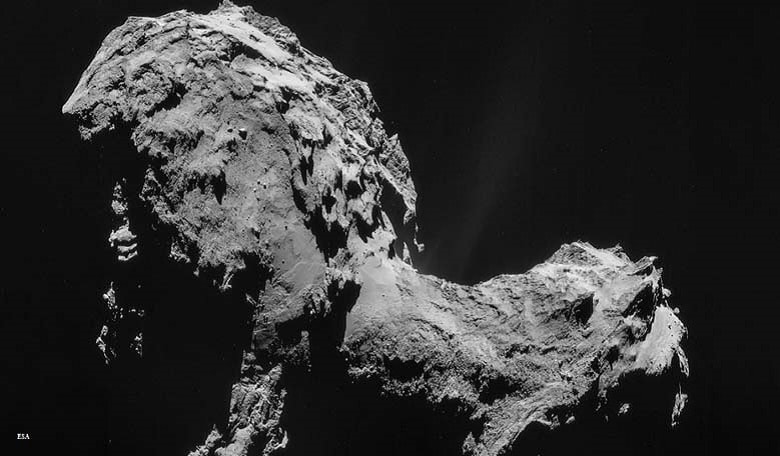ESA has received signals from the Philae lander via the Rosetta probe on June 13. Philae had been out of contact since mid-November 2014. Rosetta has been listening out for signals from Philae since March of this year.
Philae had been in hibernation for several months due to limited sunlight at its landing site (its secondary rechargeable battery is powered by solar panels).
Philae’s awakening is great news due to the major importance of the Rosetta mission, which is doing a detailed study of the comet 67P/Churyumov–Gerasimenko.
The study of comets is not merely the study of faraway worlds – it can also provide vital clues about life here on Earth, and how comet impacts may have influenced our own planet over the course of its existence.
The Rosetta mission made history when it performed the first successful landing on a comet last November – obtaining the first images directly from a comet’s surface. The mission aims include everything from studying the composition of water on 67P/Churyumov–Gerasimenko to searching for organic compounds, a.k.a the building blocks of life.
In the fourth issue of ROOM, we include, via Koen Geurts, the technical manager of the Philae lander, a detailed account of Philae’s historic comet landing.











